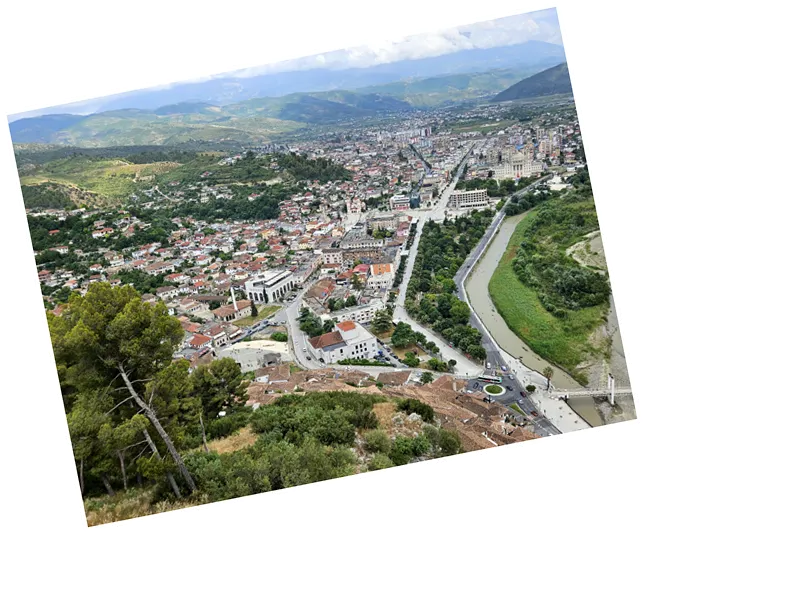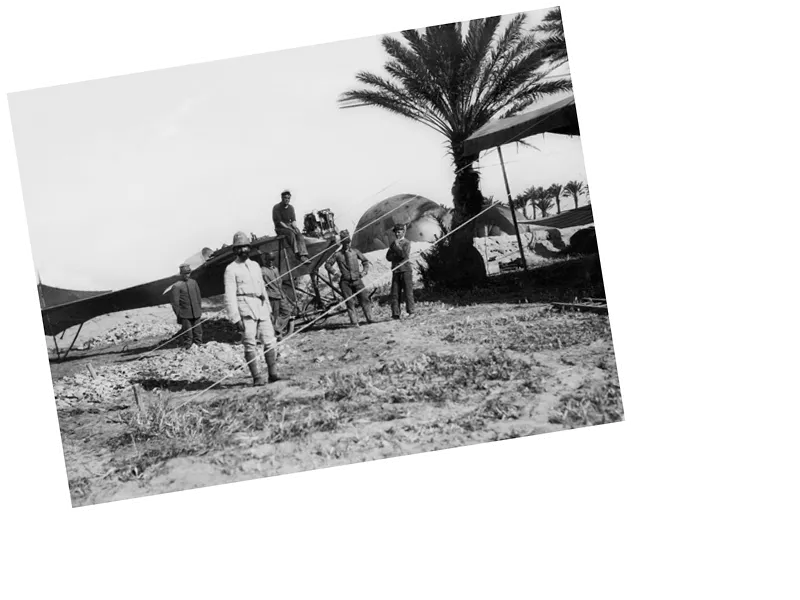Colonial architecture served dual purposes: resource extraction and social control.
Infrastructure projects were often misrepresented as development initiatives, masking their exploitative nature.
Urban planning was strategically used to suppress local uprisings and facilitate military control.
The legacy of colonial architecture may continue to impact urban planning and social dynamics in former colonies.
Future discussions on colonialism may increasingly focus on the intersection of architecture and power dynamics.
The Exploitation of Architecture in Colonialism
Colonialism has often been characterized by the systematic exploitation of resources and the suppression of local populations, a theme explored in a recent episode of Al Jazeera's program "Architecture and Man." Host Mona Hawa delves into how colonial powers utilized architecture and infrastructure to facilitate their colonial agendas, rather than genuinely develop the regions they occupied.
The episode highlights various historical examples, such as the British in India, who constructed a railway network primarily to transport cotton and minerals for export rather than to connect local communities. Similarly, in the Congo, the Belgian colonizers exploited local labor to build railways for rubber and ivory transport, resulting in the deaths of hundreds of thousands of workers. In Algeria, the French colonists plundered land to establish railways that maximized resource extraction, further demonstrating the exploitative nature of colonial infrastructure projects.
Urban Planning as a Tool of Control
The restructuring of cities under colonialism often aimed to suppress resistance. For instance, in Algeria's Casbah, the French colonialists widened streets to enable military control and quell uprisings. This contrasts sharply with the narrow, winding alleys that had previously characterized the city, which offered local populations advantages in resisting colonial forces.
The design and planning of cities were not incidental but rather strategic. In Paris, Baron Georges Haussmann's urban redesign aimed to prevent uprisings by creating wide boulevards, a tactic later mirrored in French colonial cities. Historical evidence suggests that Paris experienced multiple uprisings before its redesign, highlighting the effectiveness of urban planning as a means of social control.
Colonial reconstruction often involved the demolition of significant cultural sites, as seen when the French destroyed the Sayyida Mosque in Algiers to make way for new developments. Such actions underscored the intent to erase local identities and replace them with colonial narratives. The Constantine Project, initiated by French President Charles de Gaulle, sought to pacify Algerians by providing substandard housing while simultaneously attempting to distance them from revolutionary sentiments. This approach reflected a broader strategy of colonial powers to maintain control through architectural and urban manipulation.





